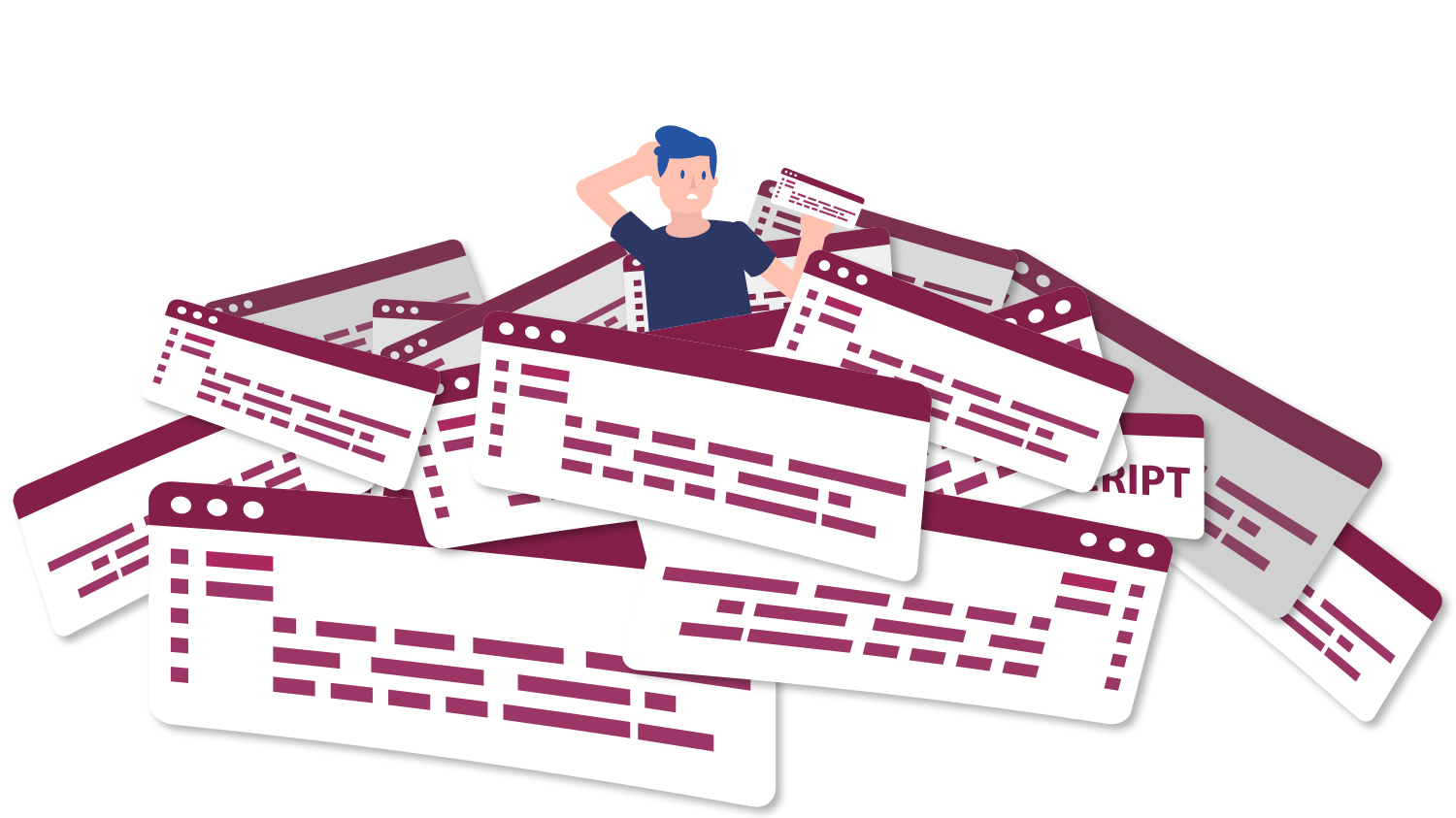Are semantic heading levels important?
Question
Answer
Semantic heading levels are important because they provide an organized structure that helps users understand content. A heading must have the appropriate level for the informational hierarchy of the page, and semantic headings allow users to use this heading structure as a method to navigate a webpage.
For example, a level one heading is the top-level heading, followed by a level two subheading. You should not skip heading levels, such as from a level one heading to a level three subheading. The Guided Manual WCAG Audit Tool provides a step to detect and review whether headings have the appropriate level for the informational hierarchy of the page.
Users on assistive technology benefit from semantic heading markup for several reasons:
- Users on assistive technology can get additional information about headings. For example, screen readers can identify text coded as a heading and announce this text with its heading level. In other tools, users can instruct technology to visually highlight text that is coded as a heading.
- Users on screen readers can navigate heading markup to quickly and efficiently find content they are searching for.
- Users with cognitive disabilities can use headings to better understand how a page is organized and how different pieces of information are related to each other.
For more information, the Accessible Web Academy course Accessibility Concepts for Marketing and Content Creators includes in-depth discussion and examples of how to use semantic headings.


